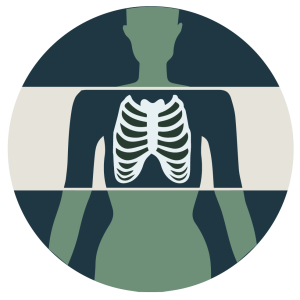
Learn More about eConsults
What are eConsults?
Electronic consultations, (eConsults), use a web-based system that allows a primary care provider (PCP) and a specialist to securely share health information and electronically communicate about patient care. The provider-to-provider eConsult system reduces the need for unnecessary specialty referrals and physical trips for specialist visits as patient’s needs are resolved through the PCP with appropriate input from specialists.
-
PCP Discusses eConsult with Patient
The PCP explains what an eConsult is to the patient, and why they think it is appropriate to reach out to a specialist.
Step 1
-
PCP Places eConsult
The PCP initiates an eConsult by electronically submitting the clinical question and relevant patient history to a specialist.
Step 2
-
Specialist Reviews eConsult
The eConsult is received by the specialist who reviews the question and information provided by the PCP.
Step 3
-
Specialist Responds
The specialist responds to the PCP with a recommendation on the best course of action.
Step 4
-
Scenario A
eConsult Occurs; PCP has Follow-Up with Patient
If the case is appropriate for an eConsult, the specialist will answer the clinical question posed by the PCP. The PCP will then have a follow-up appointment with the patient.
Scenario B
Patient Completes Face-to-Face Consult with a Specialist
If the case is not appropriate for an eConsult, the specialist recommends that the patient see a specialist face-to-face. Depending on the case, this can occur in-person or using telehealth.
Benefits to eConsults

PATIENTS Decreased travel, fewer unnecessary tests and procedures, improved access to care

HEALTH SYSTEMS Improved access to specialty care, lower total cost of care, more efficient use of health care resources

SPECIALISTS Clearer clinical questions, fewer inappropriate visits, reduced disruption in workflow

PAYERS Reduced costs due to more efficient referrals for specialty care

PRIMARY CARE PROVIDERS Increased scope of practice, greater dissemination of new medical practice, rapid turnaround

CLINICAL OUTCOMES Increased use of evidence-based treatment, improved quality of care